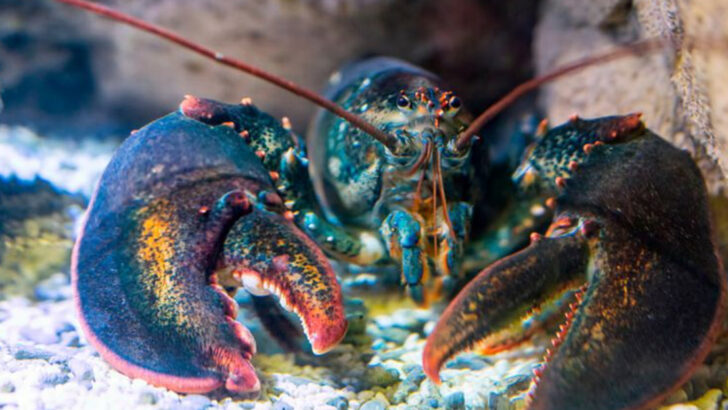Lobsters, with their striking appearance and intriguing behaviors, are much more fascinating than many realize.
These crustaceans, often associated with gourmet dining, hold secrets that span the depths of the ocean to the annals of history.
Dive into the world of lobsters to discover peculiarities that will challenge what you thought you knew about these enigmatic creatures.
From their vibrant shells to their unusual anatomy, lobsters are full of surprises that captivate scientists and seafood lovers alike.
Here are twelve weird and wonderful facts about lobsters that demonstrate just how extraordinary they truly are.
Lobsters Taste with Their Legs
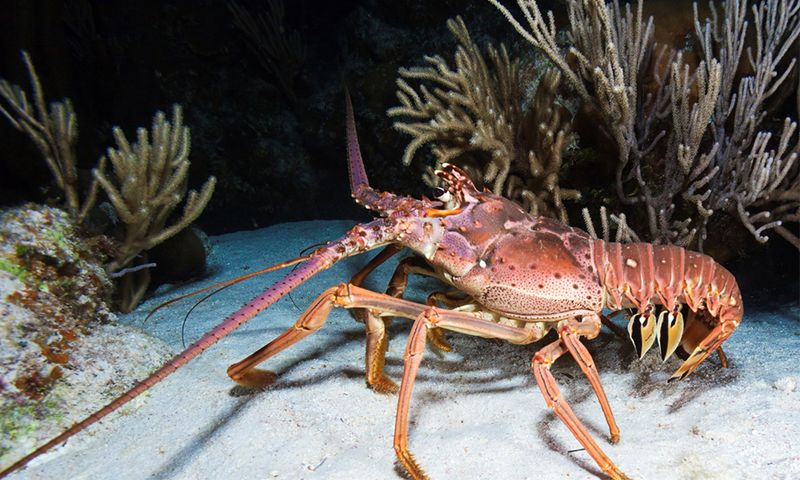
Imagine a world where tasting is a full-body experience. For lobsters, this is reality. Lobsters have chemosensory hairs on their legs that help them detect food. This unique ability allows them to evaluate their next meal simply by walking over it.
Interestingly, these crustaceans can differentiate between various chemical compounds, giving them a nuanced sense of taste. Their peculiar anatomy extends beneath their bodies, with tiny antennas that further aid in their quest for food.
This sensory adaptation plays a crucial role in their survival, especially in the dark ocean depths. Indeed, lobsters have a dining experience unlike any other creature.
Lobsters are Blue-Blooded

While humans have red blood due to iron, lobsters have blue blood because of copper-based hemocyanin. This blue hue is not just for show; it plays a vital role in oxygen transport.
In the cold, oxygen-poor environments of the ocean, hemocyanin is more efficient at oxygen binding than hemoglobin. This striking blue blood is a fascinating adaptation to marine life.
It allows lobsters to thrive in their unique underwater habitats. It’s an excellent example of nature’s innovation in the face of environmental challenges. Such adaptations highlight the lobster’s status as a marvel of marine biology.
Lobsters Can Live for Over 100 Years

The secret to longevity lies under the sea. Lobsters can live for more than a century, with some reportedly reaching 140 years. This impressive lifespan is attributed to their ability to continually regenerate their cells.
Unlike humans, lobsters don’t age in a conventional sense. They maintain their vitality throughout their lives. Their cells remain youthful due to the presence of telomerase. This enzyme keeps their DNA ends from deteriorating.
This biological marvel is a subject of scientific fascination, offering insights into aging and regeneration. Lobsters’ extended lifespans are a testament to nature’s complex intricacies.
Lobsters Have No Vocal Cords

Despite their lack of vocal cords, lobsters communicate in unique ways. They produce sounds by rubbing their antennae or flicking their tails. This is often a defensive mechanism, warning other lobsters of danger.
Their silent world relies on vibrations and chemical signals to convey messages. These interactions play a crucial role in mating and territory disputes. Lobsters’ communication methods underscore the diversity of sound production in marine life.
This silent yet expressive mode of interaction is a reminder of the varied ways creatures adapt to their environments. Lobsters’ communication is as unique as it is silent.
Lobsters Can Regenerate Limbs
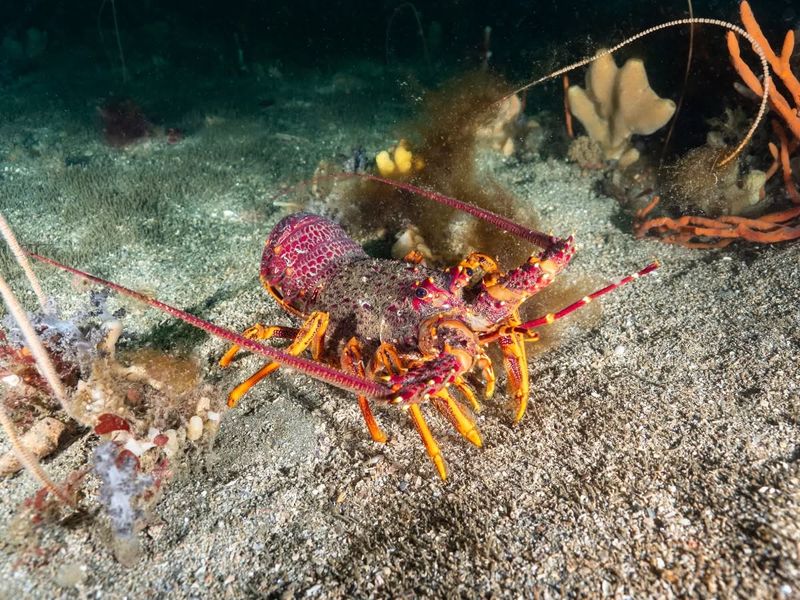
Nature’s resilience is showcased in a lobster’s ability to regenerate lost limbs. When a lobster loses a claw or leg, it can slowly regrow it. This process, known as autotomy, is crucial for survival, allowing lobsters to escape predators.
The regrowth isn’t instant; it’s a gradual process that can take several molts. During these periods, the lobster remains vulnerable. Nonetheless, this ability to heal and regrow is a testament to their robustness.
Lobsters’ regenerative talents offer a glimpse into evolutionary adaptations that prioritize survival and resilience. This ability is both a defensive strategy and a marvel of nature.
Lobsters Are Born Translucent

Starting life as a tiny, translucent creature, baby lobsters are virtually invisible in their oceanic environment. This transparency provides camouflage, protecting them from predators. As they grow, they develop their characteristic hard shells and colors.
The journey from a ghost-like appearance to a robust armored form is remarkable. This transformation is integral to their survival, helping them blend in during vulnerable early stages.
Lobsters’ early life stages are a testament to the wonders of marine adaptation. Their translucency not only protects them but also emphasizes the beauty and complexity of oceanic life cycles.
Lobsters Were Once Prison Food
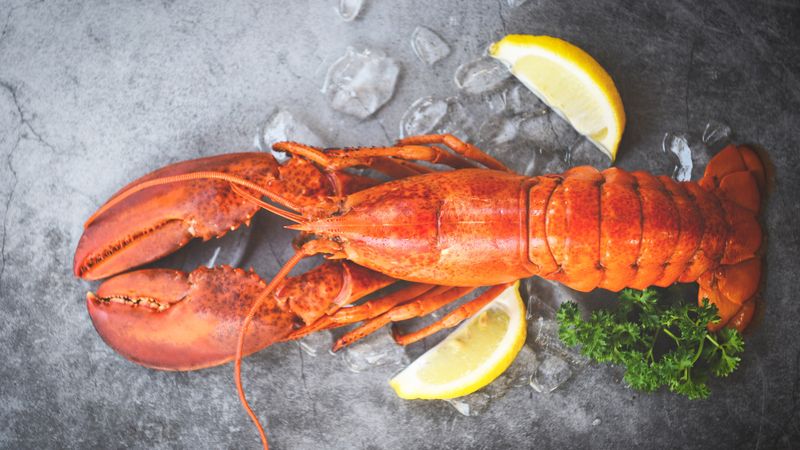
Once deemed the “poor man’s protein,” lobsters were so abundant that they were used to feed prisoners and indentured servants. This historical irony contrasts sharply with today’s perception of lobsters as a luxury food.
In colonial America, lobsters were plentiful along the coasts, often used as fertilizer or bait. Their transformation from humble beginnings to gourmet status is a culinary journey.
This shift in perception demonstrates changing tastes and the economic value placed on certain foods. Lobsters’ rise from prison food to delicacy is a story of culinary evolution and societal change.
Lobsters Can ‘Smell’ Chemicals
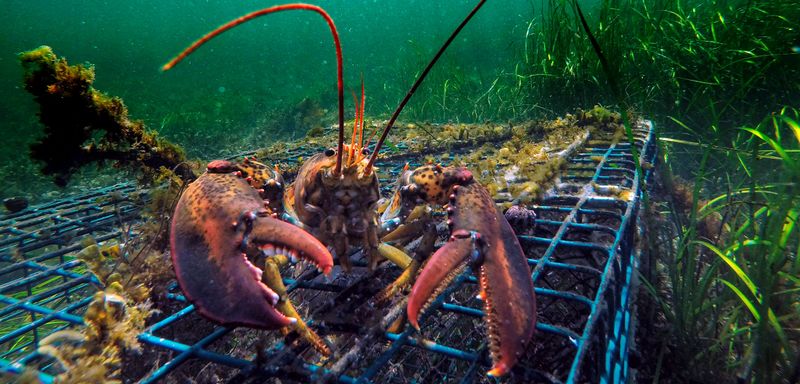
With an acute sense of ‘smell,’ lobsters detect chemicals in the water using their highly sensitive antennae. This sense is crucial for finding food and mates. They navigate their underwater world by picking up chemical cues.
This ability allows lobsters to locate food sources from great distances. Their chemical detection is fine-tuned to identify potential threats and opportunities.
Lobsters’ reliance on chemical signals showcases the complexity of marine sensory adaptations. This unique ability offers a window into the underwater world, where traditional senses may not suffice. Lobsters’ sensory prowess is truly extraordinary.
Lobsters’ Brains Are in Their Throats

Anatomy takes a fascinating turn with lobsters, whose brains are located in their throats. This unusual positioning is part of their unique biological design. This organization reflects an evolutionary path distinct from many other creatures.
Having nerve clusters spread throughout their bodies, lobsters process sensory information differently. Their brain’s location plays a role in how they interpret their surroundings.
This intriguing anatomical feature hints at the diversity of life forms on Earth. Lobsters’ throat brains exemplify evolutionary adaptation in the marine environment. Such features are a reminder of the wonders of biological variety.
Lobsters Walk Forward and Swim Backward

Versatility is key for lobsters, who can walk forward on the ocean floor and swim backward in the water. This dual movement ability is facilitated by their muscular tails.
When walking, they use their legs to explore the seabed, while their tails enable rapid backward swimming. This combination allows them to navigate diverse terrains.
Lobsters’ adaptable movement strategies highlight their survival prowess in dynamic underwater environments. This ability to move efficiently in various directions is essential for avoiding predators and exploring habitats. Lobsters’ movement is as intriguing as it is effective.
Lobsters Have 10 Limbs
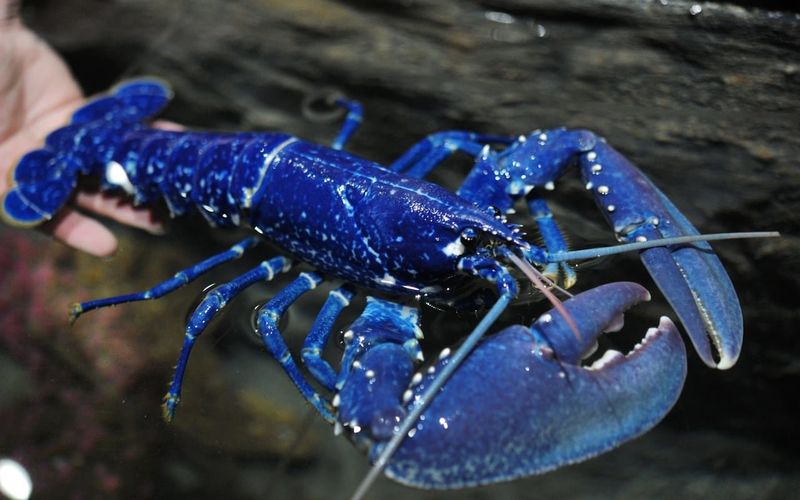
With ten limbs at their disposal, lobsters are equipped for various tasks. These limbs include claws, which are specialized for cutting and crushing, and smaller legs for walking and tasting.
Each limb serves a purpose, contributing to lobsters’ ability to survive and thrive. Their claws are not only tools for feeding but also defenses against predators.
This multiplicity of limbs demonstrates evolutionary specialization. Lobsters’ ten limbs are an example of nature’s ingenuity, providing them with a versatile set of tools for life under the sea. Their anatomy is as functional as it is fascinating.
Lobsters Molt to Grow

Growth requires change, and for lobsters, this means molting. They shed their old shells to form new ones, a process essential for growth. This cycle of molting is both a vulnerability and a necessity.
During molting, lobsters are defenseless, hiding until their new shells harden. This period of transformation is critical, allowing them to increase in size and repair any damaged limbs.
Molting is a fascinating aspect of lobsters’ life cycles, showcasing the balance between risk and necessity. This process underscores the dynamic nature of marine life, where growth often demands vulnerability.

